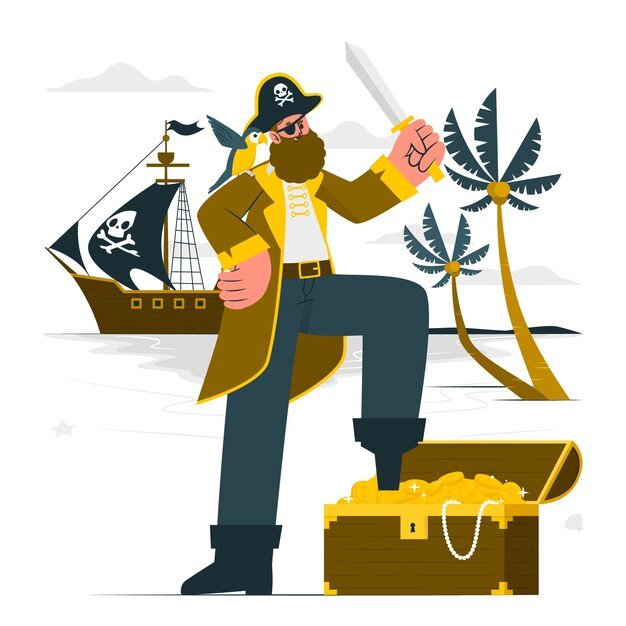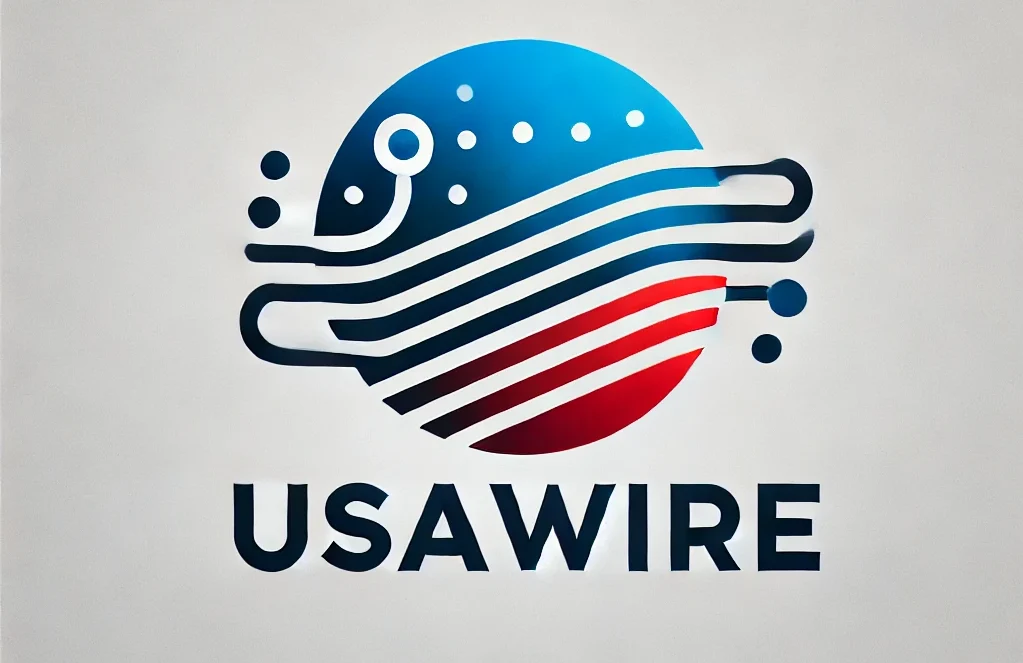
Introduction
The pirate bay (TPB) is one of the most widely recognized and controversial torrent sites in the world. Founded in 2003, it became a hub for peer-to-peer file sharing and was heavily targeted by legal authorities and copyright groups. This post explores TPB’s history, its appeal, and the controversies surrounding it, providing a comprehensive view of its impact on digital media.
The Origins of The Pirate Bay
Early Days and Founders: TPB was launched by the Swedish group Piratbyrån in 2003. Originally intended as a platform for unrestricted sharing, it quickly gained popularity.
Growth and Popularity: TPB grew to become the most visited torrent site due to its large content library and commitment to user freedom, drawing millions of visitors globally.
How The Pirate Bay Works
Understanding Torrents: A brief explanation of torrents and how peer-to-peer (P2P) sharing works, enabling users to download and share files without centralized hosting.
User-Driven Content: Users upload and share files, ranging from movies and music to software, making it a community-driven platform.
The Pirate Bay’s Appeal
Free Access to Media: TPB offers access to a vast range of media for free, an attractive alternative to costly subscription services.
Censorship Resistance: Despite multiple shutdowns and legal battles, TPB remains active, appealing to users who support open internet access.
The Legal Controversies
Copyright Infringement: TPB has faced multiple lawsuits and legal action due to the copyright-infringing nature of much of its content.
International Crackdowns: Legal authorities in various countries have attempted to shut down TPB. However, the site’s operators often relocate or use mirror sites.
Prosecution of Founders: Key figures, including Peter Sunde and Fredrik Neij, were convicted of aiding copyright infringement, raising ethical debates on digital rights and free access.
Proxy Sites and Mirrors
![]()
The Role of Proxy Sites: When TPB is blocked in certain countries, proxy and mirror sites enable continued access, adding a layer of resilience to its operations.
Rise of Clones and Impersonators: Numerous sites now mimic TPB, but not all provide the same level of reliability or security, which users need to be wary of.
Privacy and Security Concerns
Risks of Using Torrent Sites: Users face potential risks, such as exposure to malware or legal repercussions for accessing copyrighted content.
VPNs and Anonymity: Many users employ VPNs to access TPB safely, allowing anonymity and reducing the risk of tracking by ISPs or authorities.
TPB’s Impact on the Digital Landscape
Challenges to Traditional Media: TPB and torrent sites have pressured media industries to evolve, encouraging the rise of streaming services as a more affordable and legal alternative.
A Symbol of the Free Internet: For many, TPB represents resistance to censorship and a call for an internet where information is free and accessible.
The Future of The Pirate Bay
Adaptability and Resilience: Despite constant challenges, TPB has adapted, indicating it will continue to exist in some form.
Emergence of Alternative Platforms: Other platforms have arisen, filling the void in countries where TPB is inaccessible, reflecting ongoing demand for P2P sharing networks.
Conclusion
The Pirate Bay remains a cultural and digital icon, representing both the potential and controversies of an open internet. While its future remains uncertain, its impact on the way we access and think about digital content is undeniable.




